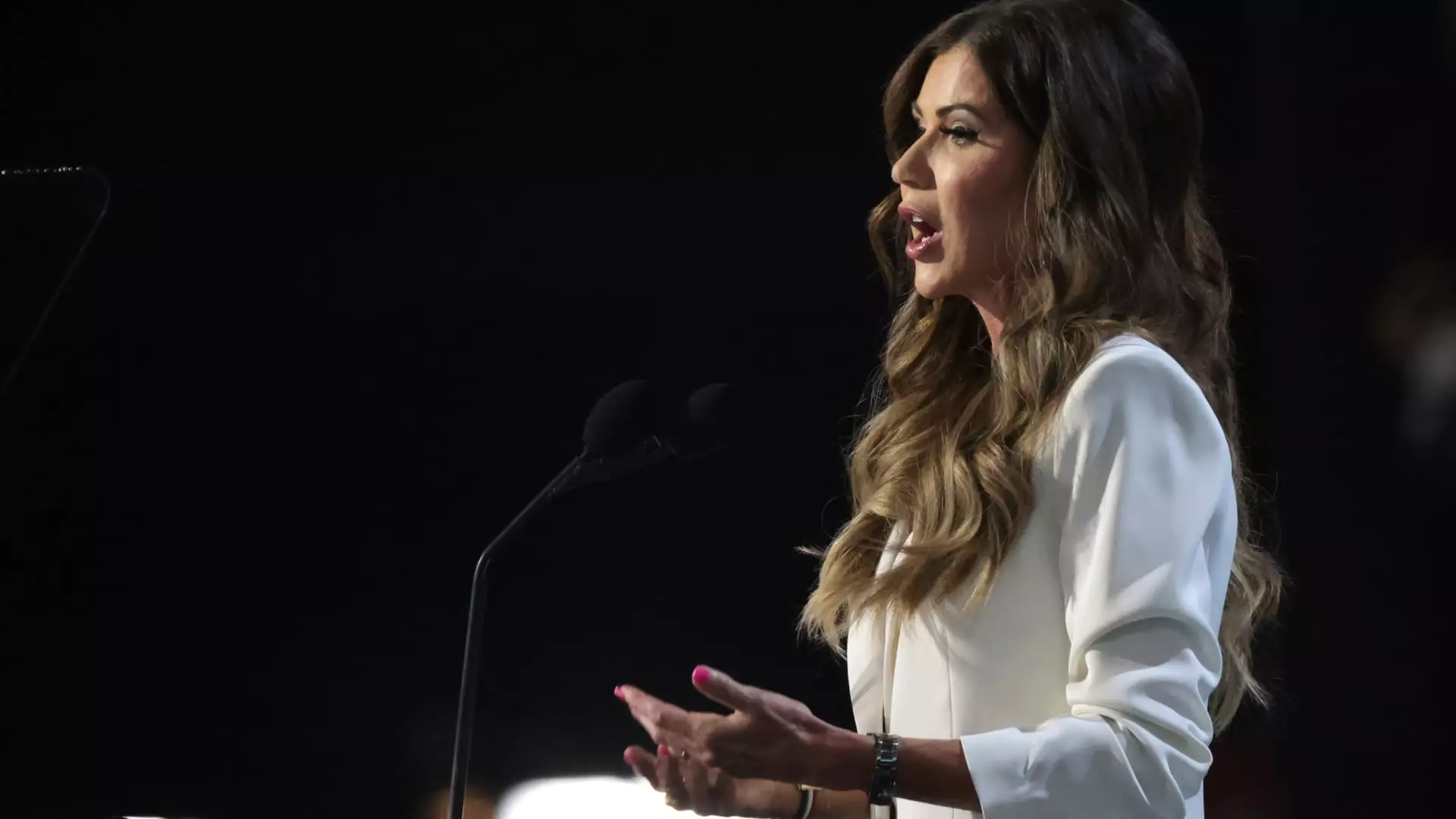In an effort to mitigate climate change and promote sustainability, several U.S. states have initiated rebate programs aimed at incentivizing homeowners to enhance their energy efficiency. New York set the precedent in May by becoming the first state to implement such a program, quickly prompting others to follow suit. Yet, not all states are embracing this opportunity with open arms; notably, South Dakota has declined federal funding associated with these efforts. This article delves into the ongoing developments surrounding energy efficiency rebates, highlighting the varied responses from different states and the implications for consumers.
The Inflation Reduction Act: Framework and Funding
Central to this initiative is the Inflation Reduction Act (IRA), enacted in 2022, which allocated $8.8 billion specifically for two distinct Home Energy Rebate programs. These programs seek to provide significant financial support to consumers—offering as much as $8,000 in Home Efficiency Rebates and up to $14,000 for Home Electrification and Appliance Rebates. The overarching objective is clear: enable homeowners to undertake necessary renovations and upgrades that improve energy consumption and reduce utility costs.
The impact of these rebates extends beyond saving money; they also aim to lower carbon emissions, contributing to broader environmental goals. Eligibility criteria for these rebates vary widely, with stipulations based on household income and overall energy savings achieved through the upgrades. As of now, a multitude of states has indicated their intention to implement these programs.
Responses Across the States
The response from individual states has not been uniform. While New York has successfully launched the first phase of its rebate program, other states such as Arizona, Maine, New Mexico, Rhode Island, and Wisconsin have also initiated similar programs. According to the U.S. Department of Energy, a total of 26 states and the District of Columbia have applied for approximately $4 billion in funding so far. However, state-level autonomy in the application of these programs means that timelines and procedures are inconsistent.
For example, recent developments show that Florida, after initially rejecting the rebate program, is now preparing for a soft launch by late 2024. This shift underscores the fluid nature of state responses to evolving federal policies. Meanwhile, South Dakota stands out as the only state to publicly reject the federal funds, with state officials citing concerns about the administrative burdens and policy implications inherent in these programs.
South Dakota’s refusal to participate in the rebate program exemplifies a significant divergence from the national trend. Officials in the state, including Jim Terwilliger from the Bureau of Finance and Management, expressed reservations about both the financial implications and the efficacy of the program in benefiting South Dakotans. The spokesperson for Governor Kristi Noem explicitly connected the decision to reject the program to the broader debates surrounding the Green New Deal, implying that the program’s implementation may not align with the state’s political or environmental priorities.
This reluctance to accept federal funds is not unprecedented in South Dakota. Similar to previous instances, such as rejecting extended unemployment benefits during the COVID-19 pandemic, the state appears committed to charting its course even when it means foregoing significant federal support.
As more states grapple with implementing energy efficiency rebates, it is crucial to consider how these initiatives can be effectively communicated to consumers. The potential for significant savings through rebates on energy-efficient appliances and home upgrades is promising. However, the complexity of the programs may leave consumers uncertain about their options.
Experts like Kara Saul-Rinaldi emphasize the varying approaches states are taking based on local capabilities and needs. For instance, New Mexico has started with targeted rebates for low-income families, reflecting a commitment to equitable energy efficiency improvements. This gradual rollout could serve as a model for other states, demonstrating the importance of piloting initiatives that cater to specific demographics.
The recent surge in state-level energy efficiency rebate programs represents both a substantial opportunity and challenges for consumers. While some states embrace the potential for financial assistance and environmental improvement, others remain hesitant or outright resistant to federal programs. As families consider energy upgrades, they are urged to explore not only state-specific rebates but also a variety of federal programs available to them.
As this landscape evolves, proactive communication from state energy departments will be crucial to ensure that all potential participants are fully informed about eligibility, application processes, and the long-term benefits of investing in energy efficiency. Ultimately, the success of these initiatives may hinge not only on funding but also on the willingness of individual states to engage wholeheartedly in the imperative task of shaping a sustainable future.


Leave a Reply